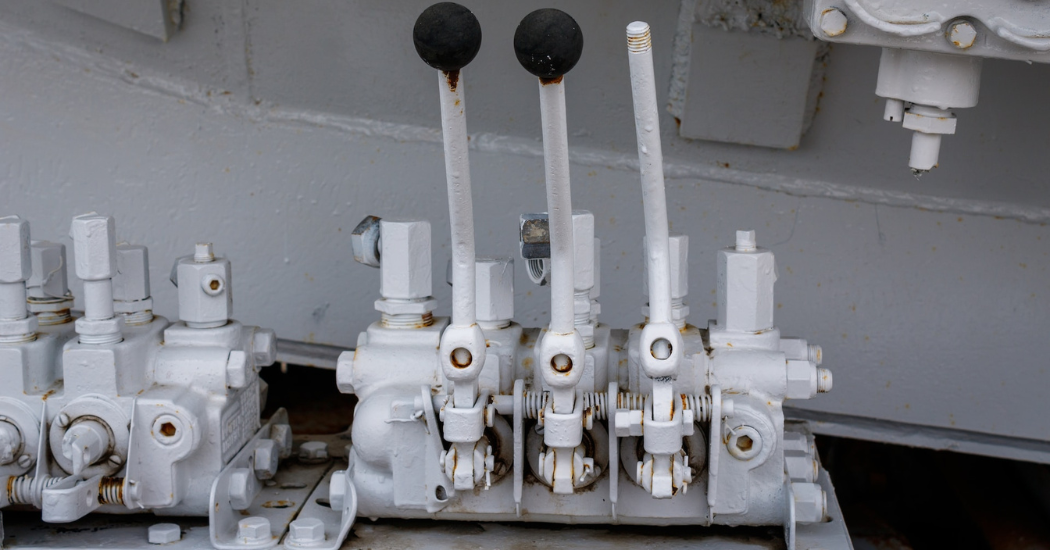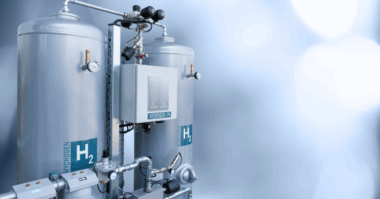A few key fluid power industry trends are reshaping the sector, including electrification, sustainability and connectivity. Leaders are collaborating to develop applications for new technologies in equipment, leading to some exciting innovations. How are emerging fluid power trends and technologies changing this sector’s future?
Equipment Electrification
One of the biggest fluid power trends today is a shift toward electrification. It is part of broader trends in the transportation and construction industries. Businesses need a new generation of equipment as they face increasing pressure to reduce emissions and meet new regulations.
In 2022, the National Fluid Power Association (NFPA) formed an electrification task force to begin developing this industry trend. The task force includes dozens of experts and professionals working to apply electric vehicle technology to fluid power equipment. For example, electric fluid power construction vehicles are a prime area of interest.
In 2023, the NFPA’s electrification task force published a report on its initial findings. It analyzes potential applications for electrification technology, electro-hydraulic actuation and how this shift will impact the fluid power industry. The task force will likely begin fleshing out the preliminary applications and solutions outlined in its first report.
Increasing Role of Sustainability
The shift toward electrification is part of a larger fluid power trend: the growth of sustainability initiatives. Fluid power professionals and businesses are increasing their awareness of the industry’s environmental impact. Customers, stakeholders and governing bodies are also pushing for more action on sustainability, particularly in high-emissions sectors like construction.
As a result, there is growing interest in strategies to reduce emissions and pollution from fluid power systems. Minimizing pollution has many benefits for the industry. For example, contamination in hydraulic fluid can cause internal abrasion, fatigue and erosion, which impair equipment efficiency. Finding ways to prevent it can result in higher productivity and lower emissions.
This type of optimization is taking center stage in the fluid power industry. Everyday improvements to equipment are helpful for businesses and the environment and play a key role in compliance with new regulations.
Connectivity and Automation
The NFPA’s roadmap for 2023 and onward highlights two new fluid power trends: connectivity and automation. Both will advance equipment to meet modern challenges, although innovation may take time.
For instance, fully autonomous hydraulic vehicles are still in the early stages of development. There have been some exciting prototypes recently, but it will likely be five to 10 more years before they are widely available.
Other technologies are already transforming the industry. Connectivity tools like IoT and telematics are evolving how operators interact with fluid power equipment. For example, telematics allows construction pros to track their vehicles around a job site and view vital performance data. They can use this information to optimize operations, reduce fuel consumption and perform predictive maintenance.
Technologies like IoT and telematics are changing how people use fluid power equipment. They provide more data and transparency, allowing operators to improve maintenance processes and lengthen the life span of tools and vehicles. Fluid equipment developers will likely begin integrating more connectivity sensors, tools and features into their products.
The Future of the Fluid Power Industry
The fluid power industry is in the midst of an exciting period of innovation. Modern challenges like emissions and efficiency are powering a new generation of fluid power trends and equipment. As a result, the sector is seeing more investment in electric equipment, tech for reducing emissions and pollution, and a boom in connected hydraulic equipment.
Read more articles from Emily Newton.




